
Invasive Cotton Jassid is an Emerging Threat to Southeastern Cotton
By Dominic Reisig and Guy Collins A new invasive insect, the cotton jassid (Amrasca biguttula or two-spot cotton leafhopper), has …


El inglés es el idioma de control de esta página. En la medida en que haya algún conflicto entre la traducción al inglés y la traducción, el inglés prevalece.
Al hacer clic en el enlace de traducción se activa un servicio de traducción gratuito para convertir la página al español. Al igual que con cualquier traducción por Internet, la conversión no es sensible al contexto y puede que no traduzca el texto en su significado original. NC State Extension no garantiza la exactitud del texto traducido. Por favor, tenga en cuenta que algunas aplicaciones y/o servicios pueden no funcionar como se espera cuando se traducen.
Inglês é o idioma de controle desta página. Na medida que haja algum conflito entre o texto original em Inglês e a tradução, o Inglês prevalece.
Ao clicar no link de tradução, um serviço gratuito de tradução será ativado para converter a página para o Português. Como em qualquer tradução pela internet, a conversão não é sensivel ao contexto e pode não ocorrer a tradução para o significado orginal. O serviço de Extensão da Carolina do Norte (NC State Extension) não garante a exatidão do texto traduzido. Por favor, observe que algumas funções ou serviços podem não funcionar como esperado após a tradução.
English is the controlling language of this page. To the extent there is any conflict between the English text and the translation, English controls.
Clicking on the translation link activates a free translation service to convert the page to Spanish. As with any Internet translation, the conversion is not context-sensitive and may not translate the text to its original meaning. NC State Extension does not guarantee the accuracy of the translated text. Please note that some applications and/or services may not function as expected when translated.
Collapse ▲
By Dominic Reisig and Guy Collins A new invasive insect, the cotton jassid (Amrasca biguttula or two-spot cotton leafhopper), has …

Light and pheromone traps are tools that help us know when certain insects are active in crops like cotton, …

Light and pheromone traps are tools that help us know when certain insects are active in crops like cotton, …

Soybean aphid has been more prevalent this year than normal, especially in eastern North Carolina. This is one of …

Light and pheromone traps are tools that help us know when certain insects are active in crops like cotton, …
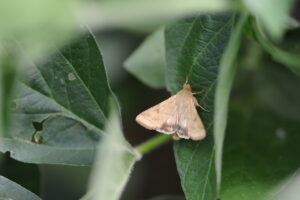
Corn earworm moth catches have been ticking up across the state this week, especially in southern counties of the …
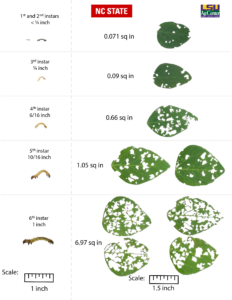
Authors: Igor Sulzbacher Schardong (NC State University), Dominic D. Reisig (NC State University), Berenice Romero (Louisiana State University), Jeff Davis, (Louisiana State …

Soybean can tolerate considerable defoliation before it loses yield. Common major defoliating pest species in NC include bean leaf …
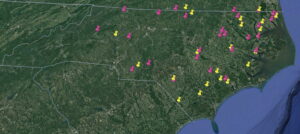
Article by Alexis Alsdorf, NC State Department of Entomology and Plant Pathology PhD student Helicoverpa zea (corn earworm or bollworm) …
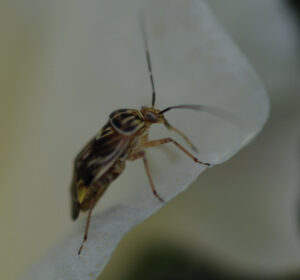
As cotton starts to square, it’s time for growers to check their fields every week for tarnished plant bugs. …
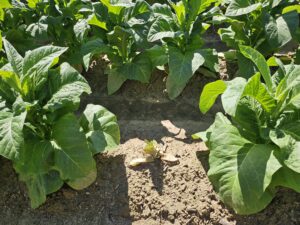
To help growers determine the potential of management practices for TSWV, we have created step-by-step guides on how to …
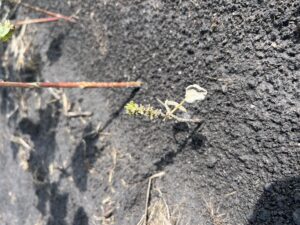
Quite a few folks have been wondering about thrips applications, as cotton is still going into the ground, some …

We want to inform you that the Tobacco Thrips Flight and TSWV Intensity Predictor tool is currently experiencing technical …

With planters rolling, we urge growers to think about thrips management now. This article will cover 1) the Thrips Infestation …
The Thrips Infestation Predictor for Cotton is now working correctly. This follow up article details how to use best this …
The NC State University Thrips Infestation Predictor for Cotton is currently experiencing technical issues and is not forecasting thrips …

With low cotton prices, growers are rightly looking to reduce the cost of production. This previous article details why …

With cotton prices down, many growers are looking for ways to cut production costs. This article emphasizes the importance …

Vineyard establishment involves careful planning, thorough site preparation, vineyard design, planting, and trellis construction. Unlike …

Grapes grown in North Carolina are sometimes exposed to unfavorable climatic conditions and biological pests …

This manual provides guidance tailored for North Carolina's non-commercial pesticide applicators using fumigants in commodity …
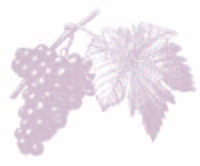
Grapevines require 16 essential nutrients for normal growth and development (Table 9.1). Carbon, hydrogen, and …

This guide presents basic facts about seeds, including how they develop, how to store and …
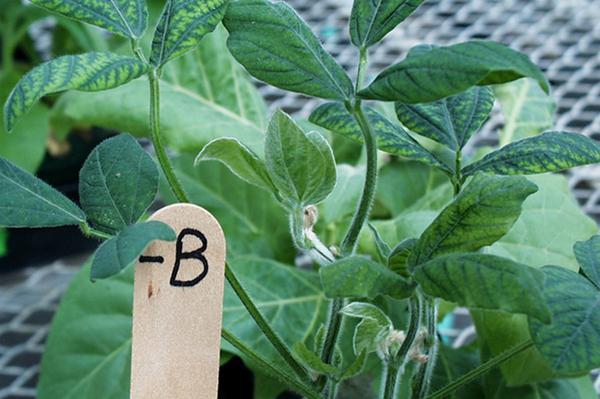
This Soybean Nutrient Deficiency Information factsheet describes the symptoms and management of boron deficiency in …
This Soybean Nutrient Deficiency Information factsheet describes the symptoms and management of zinc deficiency in …

This Soybean Nutrient Deficiency Information factsheet describes the symptoms and management of molybdenum deficiency in …